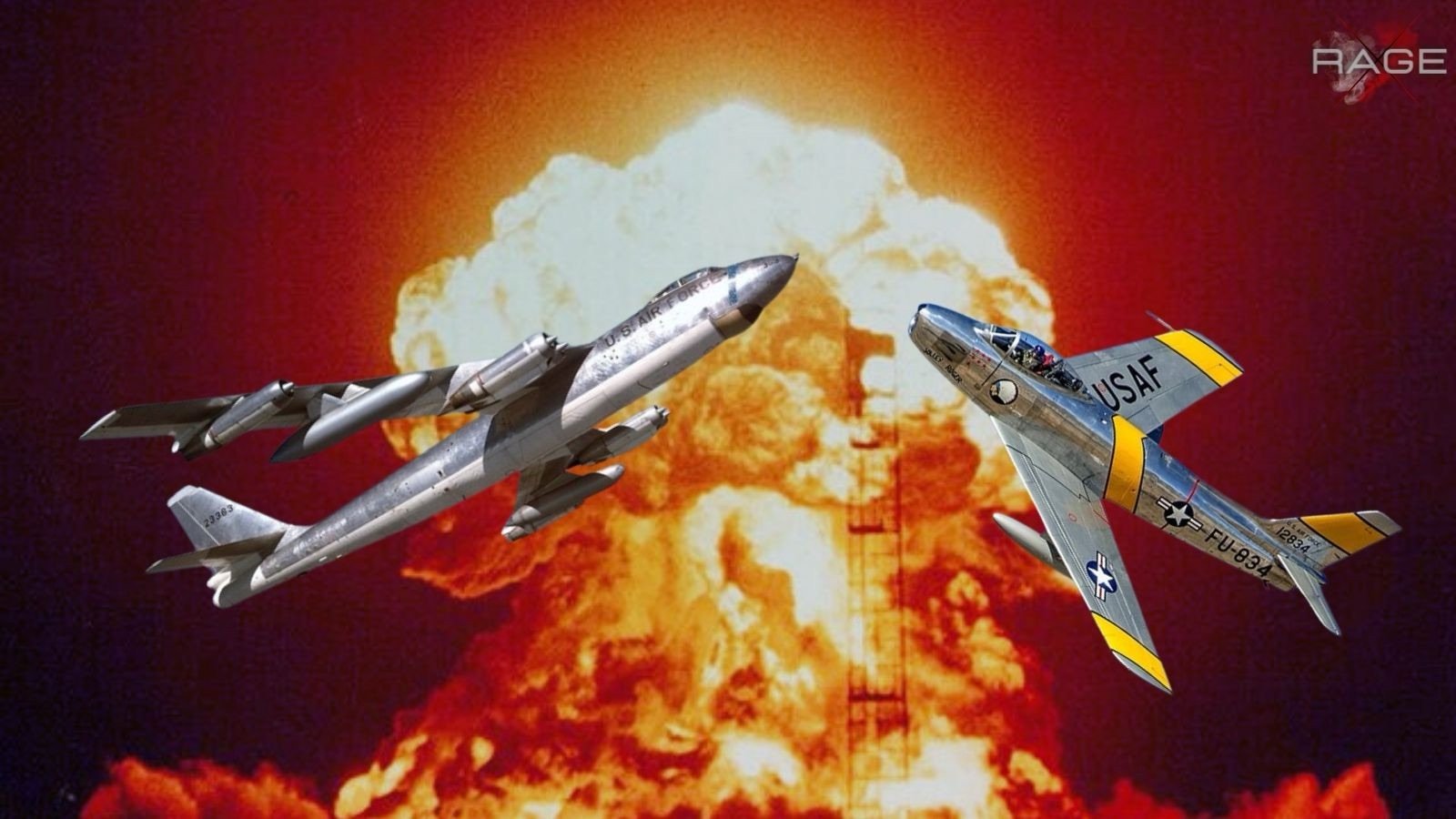Date: February 5, 1958
News Type: Historical Event
Country: United States
Location: Tybee Island, Georgia

On the fateful night of February 5, 1958, a Boeing B-47 Stratojet carrying a Mk-15 nuclear bomb collided with a North American F-86 Sabre during a simulated combat mission. To prevent potential disaster upon landing with damaged fuel tanks, the B-47’s pilot, Lt. Col. Howard Richardson, made the critical decision to jettison the bomb into the waters off Tybee Island, Georgia. Despite extensive search efforts, the bomb was never recovered, leading to a decades-long debate over its condition and nuclear capability .

The Incident and Immediate Aftermath
The collision occurred during a routine training exercise, with the B-47 taking off from Homestead Air Force Base, Florida. The F-86 pilot, Lt. Clarence Stewart, failed to see the B-47 on radar, leading to the catastrophic encounter. Richardson’s quick thinking allowed for a safe landing of the B-47 at Hunter Army Airfield, Georgia, but left the Mk-15 bomb lost at sea. Initial search efforts by the Air Force and Navy failed to locate the bomb, which was believed to be buried under silt at the bottom of Wassaw Sound .
Nuclear Capability Controversy
The Mk-15 bomb’s nuclear capability has been a subject of controversy. While the Air Force initially claimed the bomb’s nuclear capsule had been removed, making it incapable of a nuclear explosion, later disclosures suggested otherwise. A 1966 Congressional testimony revealed the bomb was a complete weapon with a plutonium trigger, contradicting earlier assurances. This revelation raised concerns about the potential risk it posed if disturbed or if it were to detonate .

Overview• Type: Thermonuclear Bomb • Deployment: Mid-1950s
Physical Specifications• Length: Approximately 12 feet (3.7 meters) • Diameter: About 34.5 inches (0.88 meters) • Weight: Roughly 7,600 pounds (3,450 kg) • Design Features: Aerodynamic casing for aircraft delivery
Nuclear Specifications• Yield: Up to 3.8 megatons of TNT • Core Material: Highly enriched uranium (HEU) and plutonium • Mechanism: Two-stage thermonuclear reaction, incorporating a fission primary and a fusion secondary stage • Safety Measures: Various mechanisms to prevent accidental detonation, including Permissive Action Links (PALs) in later versions
Historical and Operational Context• Deployment Era: The Mk-15 was part of the United States’ strategic nuclear arsenal during the 1950s, a time marked by rapid advancements in nuclear technology and escalating Cold War tensions. • Operational Use: Intended for high-altitude drop by strategic bombers like the B-36 and B-47, the Mk-15 was designed to destroy wide-area targets, including cities and military installations.
Technological Significance• Advancements: The Mk-15 showcased significant advancements in nuclear weapon design, including improved safety mechanisms, increased yield, and enhanced delivery accuracy. • Strategic Impact: As a deterrent, the Mk-15 played a role in the United States’ strategy of mutually assured destruction (MAD), aiming to prevent nuclear conflict through the threat of overwhelming retaliation.

Search Efforts and Current Status
Over the years, the mystery of the Tybee bomb has prompted both official and unofficial search efforts. Notably, retired Air Force Lt. Colonel Derek Duke led an investigation in 2004, identifying a small area with elevated radiation levels, though this was later attributed to natural mineral deposits. Despite these efforts, the bomb remains lost, with the official stance deeming it best left undisturbed due to the risks of moving it .
The lost Mk-15 nuclear bomb off Tybee Island remains one of the Cold War’s lingering enigmas. Despite extensive searches and debates over its nuclear capabilities, it continues to elicit concern and fascination. The incident underscores the unforeseen risks of the nuclear age and the importance of meticulous handling and accounting of nuclear materials.























+ There are no comments
Add yours